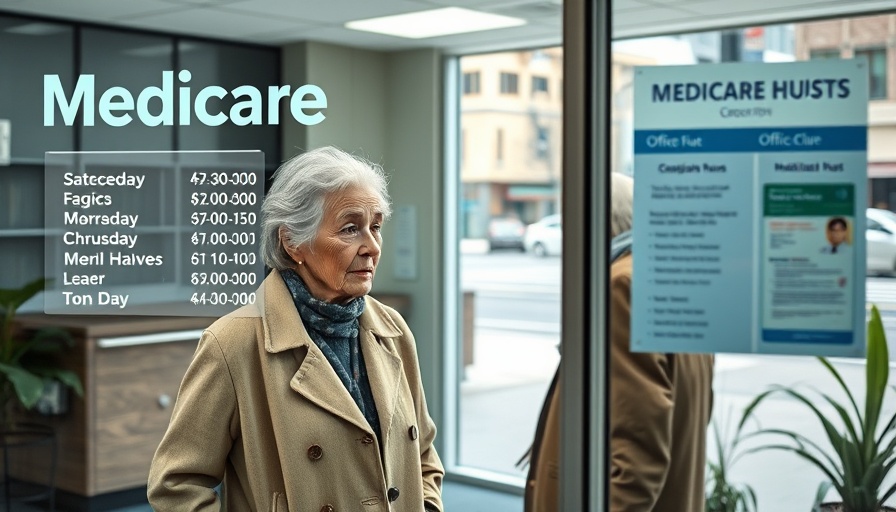
Understanding Excess Amniotic Fluid: Causes and Implications
Excess amniotic fluid, officially termed polyhydramnios, is a condition that can arise during pregnancy in which there is an abnormal increase in the volume of amniotic fluid surrounding the fetus. While many pregnancies progress without issues, understanding the causes and potential risks associated with polyhydramnios can empower professionals, pregnant individuals, and their families with knowledge.
Key Causes of Excess Amniotic Fluid
There are several underlying conditions and factors that can lead to the development of excess amniotic fluid. Common causes include:
- Fetal Anomalies: Structural abnormalities such as gastrointestinal blockages or neural tube defects can lead to polyhydramnios by affecting the fetus's ability to swallow amniotic fluid.
- Multiple Pregnancies: Carrying more than one baby often increases fluid levels due to each fetus's production.
- Maternal Diabetes: Gestational diabetes can elevate the risk of polyhydramnios, as higher sugar levels can cause the fetus to produce more urine.
- Infections: Certain infections in the womb can influence fluid levels adversely.
The Risks Associated with Polyhydramnios
While polyhydramnios does not typically pose immediate life-threatening risks, it can lead to several complications during pregnancy:
- Preterm Labor: Excess fluid may stimulate early contractions, potentially leading to preterm delivery.
- Miscarriage or Stillbirth: Higher fluid levels have been correlated with increased risk of fetal demise, particularly in severe cases.
- Hydrops Fetalis: A severe fetal condition where the fetus accumulates excess fluid in its body cavities, which can have dire predictions if untreated.
- C-section Necessity: In cases of extreme polyhydramnios, delivery via cesarean section may become necessary due to changes in fetal position.
Monitoring and Management
Healthcare providers typically monitor those with polyhydramnios closely through ultrasounds and other assessments. Treatment approaches may include:
- Routine follow-ups and ultrasounds to assess fetal well-being.
- Amnioreduction, a procedure to remove excess amniotic fluid.
- Management of underlying conditions such as diabetes or infections.
Implications for Healthcare Practitioners and Families
For healthcare professionals, understanding the nuances of polyhydramnios is crucial in providing effective care. Moreover, the psychological aspect of dealing with a diagnosis of excess amniotic fluid is significant for expectant families:
- Clear Communication: Ensuring that patients understand their condition can alleviate anxiety and empower them to make informed decisions.
- Support Network: Families facing polyhydramnios should be encouraged to lean on support systems, whether from family, friends, or healthcare providers.
Promoting Awareness and Prevention
While not all cases of polyhydramnios can be prevented, some may be mitigated through careful prenatal care and monitoring. Parents and expecting families are encouraged to:
- Maintain regular prenatal check-ups to help catch potential issues early.
- Stay informed about the importance of a balanced diet, effective diabetes management, and overall health during pregnancy to maximize fetal well-being.
The Role of Knowledge in Health Management
In the evolving landscape of pregnancy health, equipping oneself with information is a vital tool not just for practitioners, but for mothers-to-be and their families as well. Celebrate the strength that comes from understanding one's health journey.
If you or someone you know is navigating a pregnancy with polyhydramnios, remember the importance of communication with healthcare providers. Don't hesitate to ask questions, seek clarity, and leverage available resources. Knowledge is a powerful ally during this extraordinary experience.
 Add Row
Add Row  Add
Add 




Write A Comment